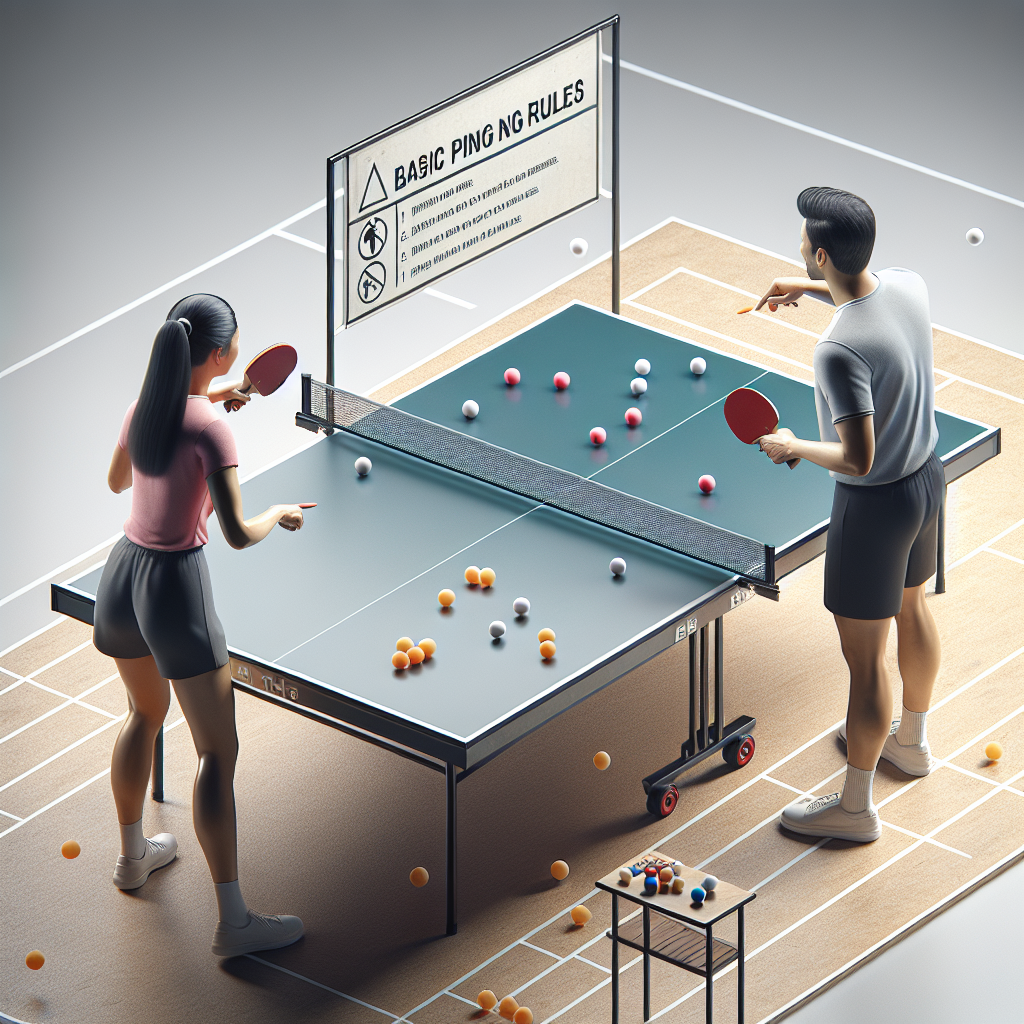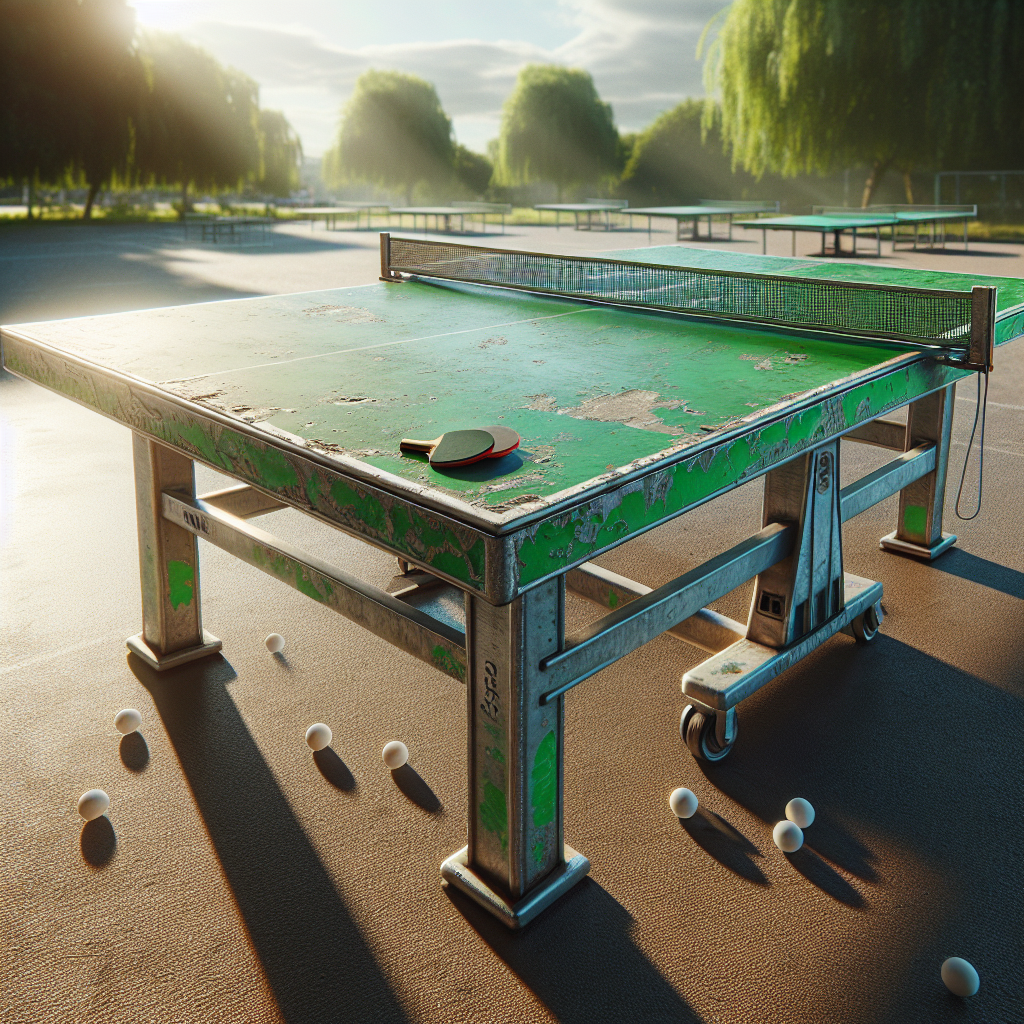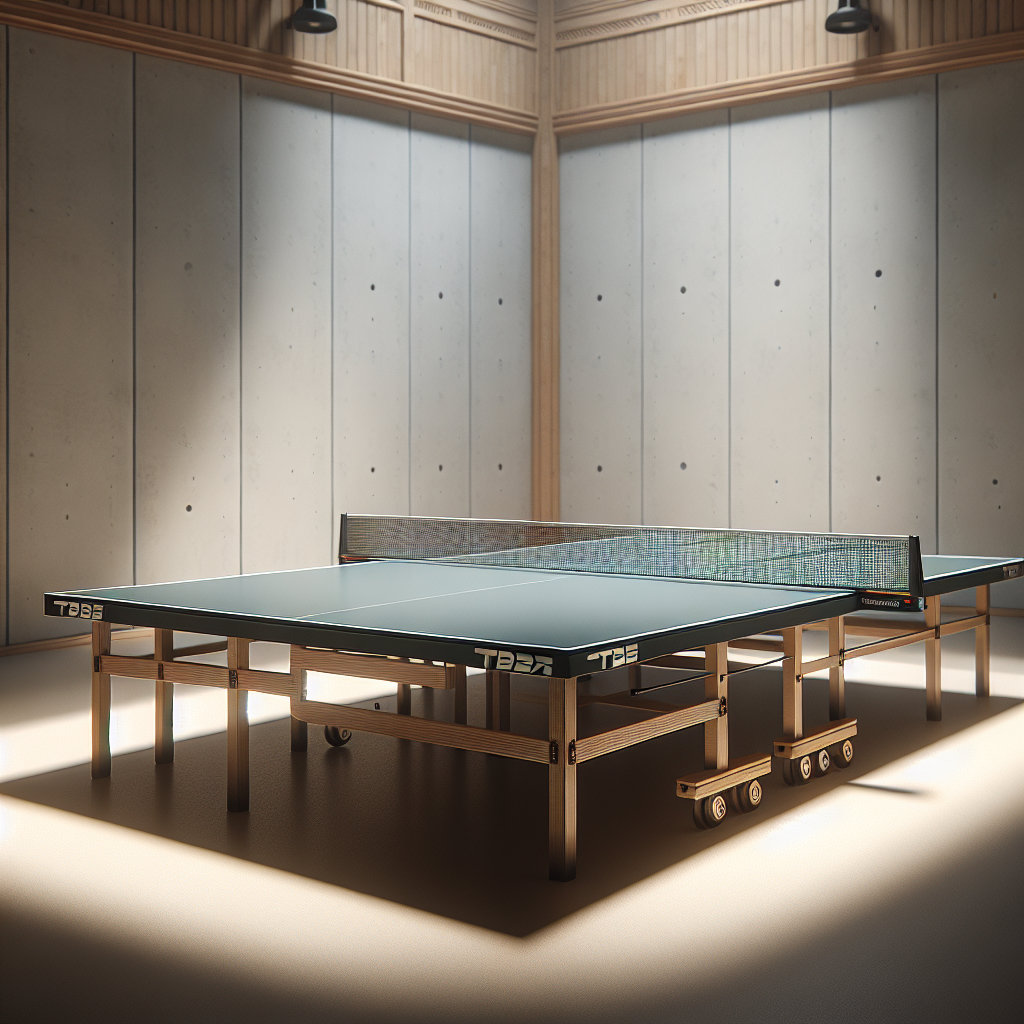Get the Hang of Ping Pong Rules
If you want to crush it at ping pong, you gotta know the rules. Let’s break down the basics and serving rules so you can play like a champ.
Ping Pong 101
Ping pong games go up to 11 points, but you gotta win by at least two. Usually, a match is best three out of five games. This setup gives everyone a fair shot to show off their skills and snag the win.
In singles, players take turns serving two points each. But when the score hits 10-10, the serve switches after every point to keep things spicy and fair. There are no rules about where the serve has to land on the other side. So, the ball can bounce a few times, go over the side, or even hit the edge, as long as it stays on the table (PongFit).
Serving Rules
Serving in ping pong has its own set of rules. You gotta toss the ball straight up at least 6 inches, hit it on the way down, and make sure it touches both sides of the table. These rules keep things fair and square during the serve (PongFit).
Knowing the basics and serving rules means you can jump into the game with confidence and enjoy the thrill of competition. Check out the official ping pong rules for more details on gameplay, scoring, and other stuff. Whether you’re playing singles or doubles, understanding the rules will make your ping pong game way more fun and help you get better.
Ping Pong Rules You Need to Know
Alright, let’s talk ping pong! Whether you’re playing solo or with a buddy, knowing the rules is key. We’ll break down the basics of singles vs. doubles and how to keep score without losing your cool.
Singles vs. Doubles
Ping pong can be a one-on-one showdown or a team effort. In singles, it’s just you and your opponent, taking turns smacking the ball over the net. The goal? Make the ball bounce twice on their side or force them to miss.
In doubles, things get a bit more chaotic. Two players on each side, and you have to alternate hits with your partner. It doesn’t matter where the ball lands on the table—corners, edges, you name it. You keep the rotation going until someone scores, then the other team gets to serve.
Want the nitty-gritty on serving rules? Check out our ping pong serving rules.
Scoring in Ping Pong
Scoring in ping pong is pretty simple. Games go up to 11 points, and you need to win by at least two. Matches are usually best three out of five games. But hey, some competitions might tweak the rules a bit.
If you’re tied at 10-10 in singles, the game keeps going until someone gets a two-point lead. And when either player hits five points in the final game, you switch sides (NBC Olympics).
Doubles scoring is the same deal. Tied at 10-10? Keep playing until one team pulls ahead by two points. And yes, you switch sides when a team hits five points in the last game.
Knowing how to score is crucial. It keeps the game fair and helps you figure out who’s winning. For the full scoop on official rules, check out the official table tennis rules.
Get in the Game
By getting a handle on these rules, you’ll be ready to dominate the ping pong table. Practice, come up with some killer strategies, and most importantly, have a blast. Ping pong is all about quick reflexes and having fun, so get out there and show ’em what you’ve got!
Table Tennis Gear
To really get into the swing of things and play by the official ping pong rules, you gotta know your gear. This section will break down the size of a ping pong table and why setting up the net right is a big deal.
Ping Pong Table Size
A standard ping pong table is 9 feet long and 5 feet wide, standing 2.5 feet tall. It’s split into two halves by a net that’s 6 inches high (STIGA). The surface is usually made from particleboard, MDF, or plywood, topped with a thin laminate layer for that smooth, even finish (STIGA).
Table thickness can range from 12mm to 25mm. Thicker tables, like those between 20mm and 25mm, give a more consistent and higher bounce, which is great for spin shots and fancy techniques. Plus, thicker tables are sturdier and less likely to warp or sag, keeping the surface level during those intense rallies.
Why Net Setup Matters
Getting the net right is key for fair play and smooth gameplay. The net should be 6 inches high and stretch across the table’s width, splitting it into two equal parts. It needs to be tight enough so the ball can’t sneak under.
When setting up, make sure the net is centered and securely attached to the posts or clamps on each side. No sagging or twisting allowed, as it can mess with the ball’s path.
Investing in a good-quality net that meets the official table tennis rules is worth it. A well-set net gives a clear division between the two sides, helping players focus on their shots and keeping the game fair.
Knowing the size of a ping pong table and the importance of a properly set net will help keep the game fair and fun. Now that you’re up to speed on the gear, let’s get into the rules and regulations that make ping pong what it is.








